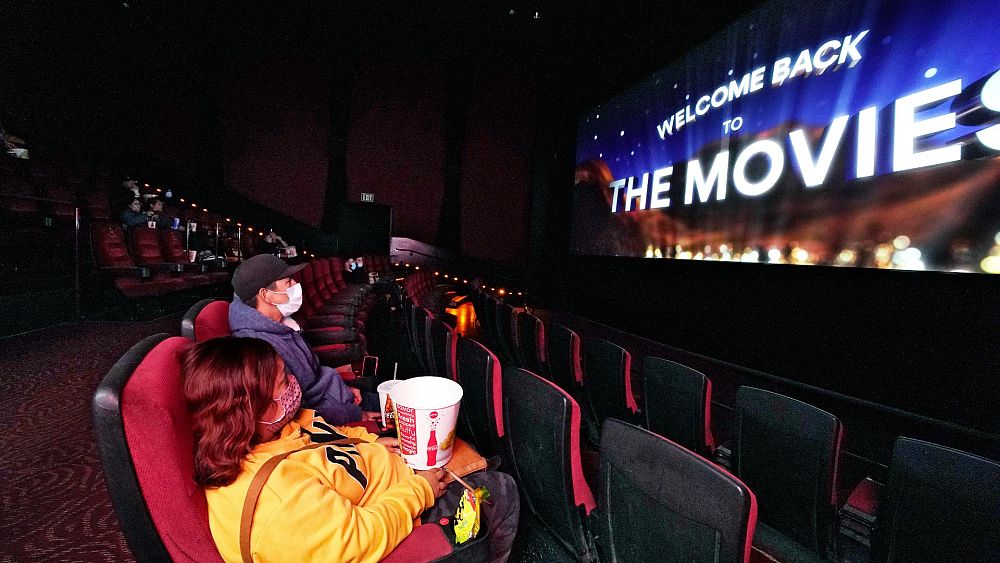Stay home, but go outside. After several days of waiting, the Prime Minister, Jean Castex, announced this Thursday evening a new reconfinement in sixteen departments: all those of Ile-de-France and Hauts-de-France, but also the Alpes-Maritimes , Eure and Seine-Maritime. But at the same time, he encouraged the more than 20 million residents affected by the new restrictions to come out. “Without any time limit” and pushed back the curfew throughout the metropolitan area from 6 p.m. to 7 p.m. “The situation is deteriorating, admitted the Prime Minister. Our responsibility now is that it does not escape us. ” It’s a “Pragmatic, proportionate and territorialized approach” to contain a British variant now largely in the majority in France.
Thursday, according to data communicated by the regional health agency (ARS), the incidence rate has further climbed in Ile-de-France to 446 new cases per 100,000 inhabitants over the last seven days, well beyond the “Maximum alert threshold” set at 250. “An increase of 24% in one week ”, regretted the Prime Minister, admitting that the number of Covid patients admitted to intensive care in this region was greater than the number known during the second confinement.
“True vigilance”
To contain the epidemic in a large part of the north of the country and in the extreme south-east, it will no longer be possible, in the sixteen departments concerned, from “Friday midnight” and for “At least four weeks”, said Castex, to leave your home without filling out a certificate again. “For the inhabitants of the territories concerned”, also asserted Castex, it will be “Prohibited except for compelling or professional reasons” to move to other regions. Reopened throughout the country at the end of November, businesses qualified as “Non-essential” (110,000 according to Bercy) will have to close again. Booksellers and record stores may however remain open. Just like schools and nurseries. “This is a choice that sets us apart from many of our neighbors and that we intend to preserve as long as possible”, welcomed Castex.
“This choice to restrict the possibilities of leaving one’s home less, however, must be accompanied by real vigilance. It is clearly a question of making it possible to be outside, but not to go to friends’ houses to party or meet there in large numbers, without distance or mask. “
— Jean Castex, Prime Minister
Two notable relaxations. The curfew schedule has been pushed back to 7 p.m. instead of 6 p.m. And unlike the first two confinements, it will remain possible to move within a radius of 10 kilometers (instead of 1 in the spring and then in the fall) and without time limit. “This choice to restrict the possibilities of leaving home less, however, must be accompanied by real vigilance, warned the head of government. It is clearly a question of making it possible to be outside, but not to go to friends’ houses to party or meet there in large numbers, without distance or mask. “
While defending himself from“Infantiliser” the French, Castex warned that the spring outings should not “Not be the pretext for barbecues with friends, for gatherings in public spaces or in parks and gardens, or even for gatherings in front of certain bars which serve to eat or drink for sale to take away”. “We look outwards”, added the Minister of Health, Olivier Véran. Finally, in the absence of being able to be taxed, teleworking – four days a week – is once again strongly encouraged.
Failed bet for Macron
“These measures, I believe them absolutely essential and balanced, defended the Prime Minister. They aim to curb the virus without locking us in. ” The formula chosen by the executive is therefore similar to that implemented in the fall throughout the country and cited as an “example” at the top of the State: hard enough to curb the epidemic, but flexible enough to let the population work and breathe, and therefore not restrict the economy too much. Bercy has also done its accounts in recent days and found that the second national confinement, lifted before the Christmas holidays, had been less severe than expected for public finances.
Almost a year to the day after putting the country completely at a standstill, and while France now has more than 91,000 dead, Emmanuel Macron therefore misses his bet to avoid a final, even partial, reconfinement. “I do not share this analysis”, refuted Castex, assuming the choice not to reconfigure the country in January as demanded then a majority of epidemiologists. “It was the right decision, because if we had had to confine then, in a logic of anticipation, we would have inflicted on the country a confinement of probably three months, he explained. It would have been excessive and unbearable. And […] the forecasts of certain models which indicated a runaway epidemic from mid-February [ne se sont pas produites].»
But failing to have vaccinated enough French people, the executive loses its “speed race” with the virus. “It is the vaccination campaign that will enable us to emerge from this crisis ”, hammered the Prime Minister, remaining on the objective of vaccinating nearly half of the French population (30 million) “By May-June”. After the green light from the European Medicines Agency on the AstraZeneca vaccine, the Prime Minister tried to reassure to relaunch the French vaccination campaign considered too slow. Castex wants to set an example to restore the confidence that had been eroded in this already unloved brand: he will receive his first dose of AstraZeneca this Friday.
– .

/article-new/2021/03/2020-diversity-stats.png?lossy)
